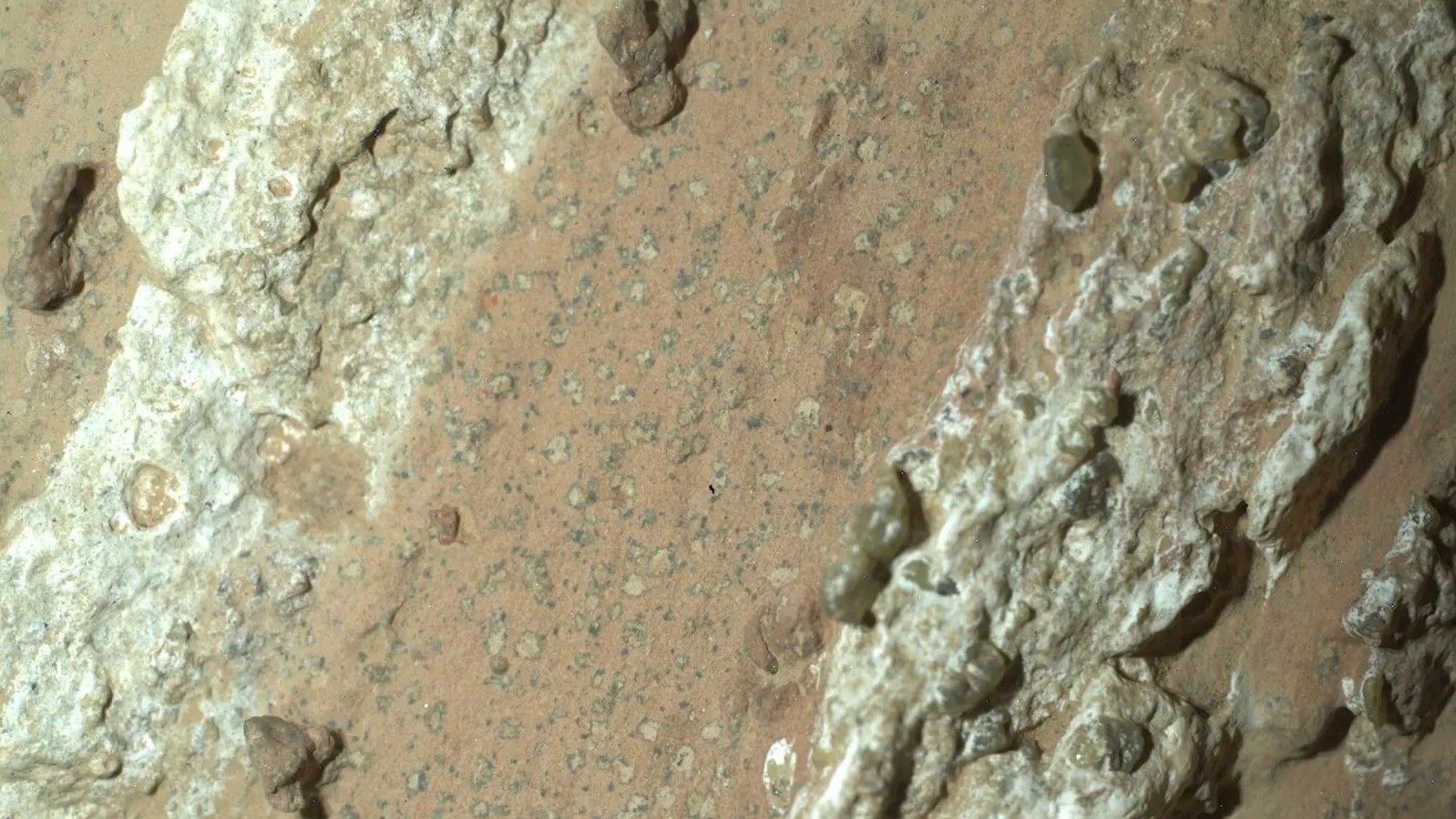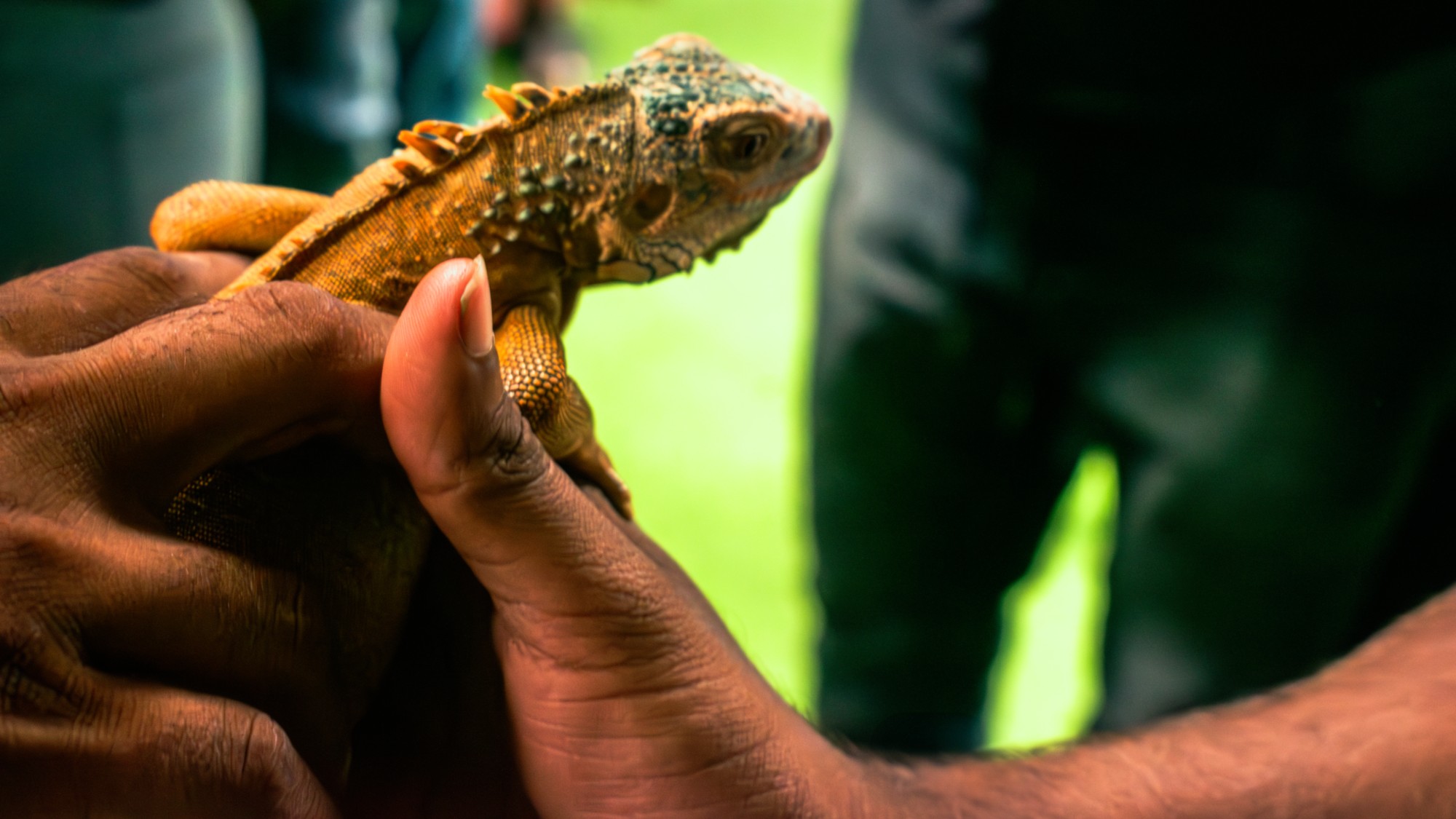Novel 'bone collector' caterpillar wears its prey
Hawaiian scientists discover a carnivorous caterpillar that decorates its shell with the body parts of dead insects


What happened
Scientists in Hawaii Thursday announced the discovery of a carnivorous caterpillar they call the "bone collector" due to its practice of decorating its silk-spun shell with body parts from arthropods it eats or scavenges.
The caterpillars use their carefully curated mélange of dead insect parts to hide from the spiders in whose webs they reside, the researchers said in the journal Science.
Who said what
The few species of meat-eating caterpillars "do lots of crazy things, but this takes the cake," said study author Dan Rubinoff, an entomologist at the University of Hawaii at Manoa. "No other caterpillar is stupid enough to live in a spider's web," because "spiders eat caterpillars," and no others wear body parts. The bone collectors have only been found in spider webs in a six-square-mile area of Oahu, and Rubinoff's team has seen only 62 of them in 20 years of searching.
The Week
Escape your echo chamber. Get the facts behind the news, plus analysis from multiple perspectives.

Sign up for The Week's Free Newsletters
From our morning news briefing to a weekly Good News Newsletter, get the best of The Week delivered directly to your inbox.
From our morning news briefing to a weekly Good News Newsletter, get the best of The Week delivered directly to your inbox.
The caterpillars prefer to eat struggling insects trapped in their host web or parts left behind by the spider, but they will hunt if need be, even other bone collectors. "That's why we never find more than one caterpillar per web," Rubinoff told USA Today.
What next?
As the species awaits a formal scientific name, "its common name, 'bone collector,' will do" for now, The Washington Post said. But its "current slice of paradise may be at risk" from "invasive ants and parasitic wasps," The New York Times said. "Scientists worry the caterpillars are on the verge of going extinct just as they've been discovered," USA Today said.
A free daily email with the biggest news stories of the day – and the best features from TheWeek.com
Peter has worked as a news and culture writer and editor at The Week since the site's launch in 2008. He covers politics, world affairs, religion and cultural currents. His journalism career began as a copy editor at a financial newswire and has included editorial positions at The New York Times Magazine, Facts on File, and Oregon State University.
-
 Blue Origin launches Mars probes in NASA debut
Blue Origin launches Mars probes in NASA debutSpeed Read The New Glenn rocket is carrying small twin spacecraft toward Mars as part of NASA’s Escapade mission
-
 ‘The Big Crunch’: why science is divided over the future of the universe
‘The Big Crunch’: why science is divided over the future of the universeThe Explainer New study upends the prevailing theory about dark matter and says it is weakening
-
 Dinosaurs were thriving before asteroid, study finds
Dinosaurs were thriving before asteroid, study findsSpeed Read The dinosaurs would not have gone extinct if not for the asteroid
-
 The moon is rusting
The moon is rustingUnder the radar The Earth is likely to blame
-
 Africa could become the next frontier for space programs
Africa could become the next frontier for space programsThe Explainer China and the US are both working on space applications for Africa
-
 NASA reveals ‘clearest sign of life’ on Mars yet
NASA reveals ‘clearest sign of life’ on Mars yetSpeed Read The evidence came in the form of a rock sample collected on the planet
-
 Parthenogenesis: the miracle of 'virgin births' in the animal kingdom
Parthenogenesis: the miracle of 'virgin births' in the animal kingdomThe Explainer Asexual reproduction, in which females reproduce without males by cloning themselves, has been documented in multiple species
-
 SpaceX breaks Starship losing streak in 10th test
SpaceX breaks Starship losing streak in 10th testspeed read The Starship rocket's test flight was largely successful, deploying eight dummy satellites during its hour in space



